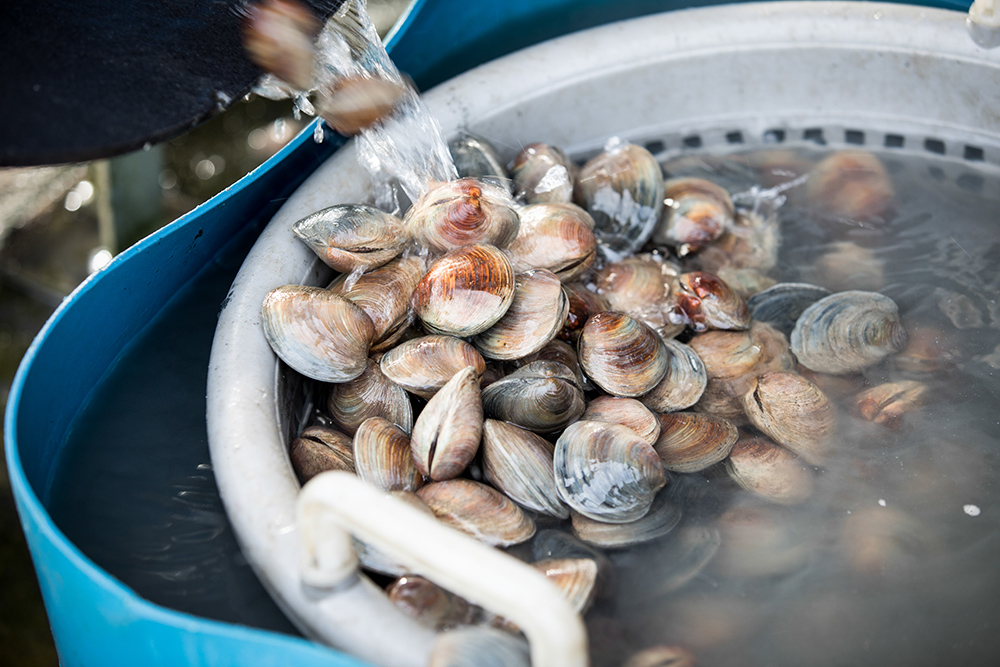By George Boyhan
University of Georgia
Vegetable varieties come in two basic types: those that breed true-to-type and those that don't.
Varieties that do breed true-to-type are often called open-pollinated. Those that don't are often referred to as F1 hybrids or hybrids.
Hybrid varieties are developed in a special way that results in plants that are very uniform in performance and vigor. They will often yield much better than open-pollinated varieties. But if you save the seeds, the resulting plants won't perform as their parents did.
Keepers
Seeds from open-pollinated varieties, on the other hand, will perform just like their parents.If you come across an open-pollinated variety that you particularly like, you can save the seeds and keep that variety forever.
Be careful, though. Some seeds are patented, which means you aren't allowed to save the seed for propagation. These seeds will often have "PVP" on the seed packet. This stands for Plant Variety Protection and indicates it's a patented variety.
The real fun
The real fun comes in with F1 hybrids. By the way, the "F" stands for "Filial," which just means the offspring. Seeds saved from such varieties won't be the same as the parents, and this is the fun part.You can then select the best characteristics you like in these offspring and save only those seeds. And you're on your way to developing your own vegetable variety.
With some vegetables, such as lettuce and collards, we don't eat the fruit but the leaves. So if you want to save seeds, you'll have to wait and let some plants flower and go to seed.
Saving seeds
With other vegetables, such as tomatoes and watermelon, we do eat the fruit. With these, you want to let the fruit become as mature as possible before harvesting, so the seeds have completely developed.Some plants, such as lettuce or collards, produce small, dry seeds. With these, you may want to cover the flowers with a paper bag before the seeds have completely matured. Flowers of such plants are prone to shattering, dispersing the seeds shortly after they mature.
You can harvest the seeds of fruits such as tomato or watermelon by scooping out the flesh and seeds into a container and allowing the flesh to rot. You may want to do this outside. It's going to smell.
Floaters
After a few days, the pulp and floating seeds can be carefully poured off the top. The good seeds will be at the bottom. Add water and continue to pour off the top until the water is clear. Don't pour out your good seeds at the bottom. These seeds can then be spread out on newspaper and allowed to dry.Pack your saved seeds in paper envelopes, bags or sealed Mason jars. Then store them in the refrigerator. In fact, the seeds' germination will improve after storage in the fridge for several months.
Once you get into breeding your own vegetable varieties, you'll have something to keep you busy for the rest of your life.
(George Boyhan is a Cooperative Extension horticulturist with the University of Georgia College of Agricultural and Environmental Sciences.)






